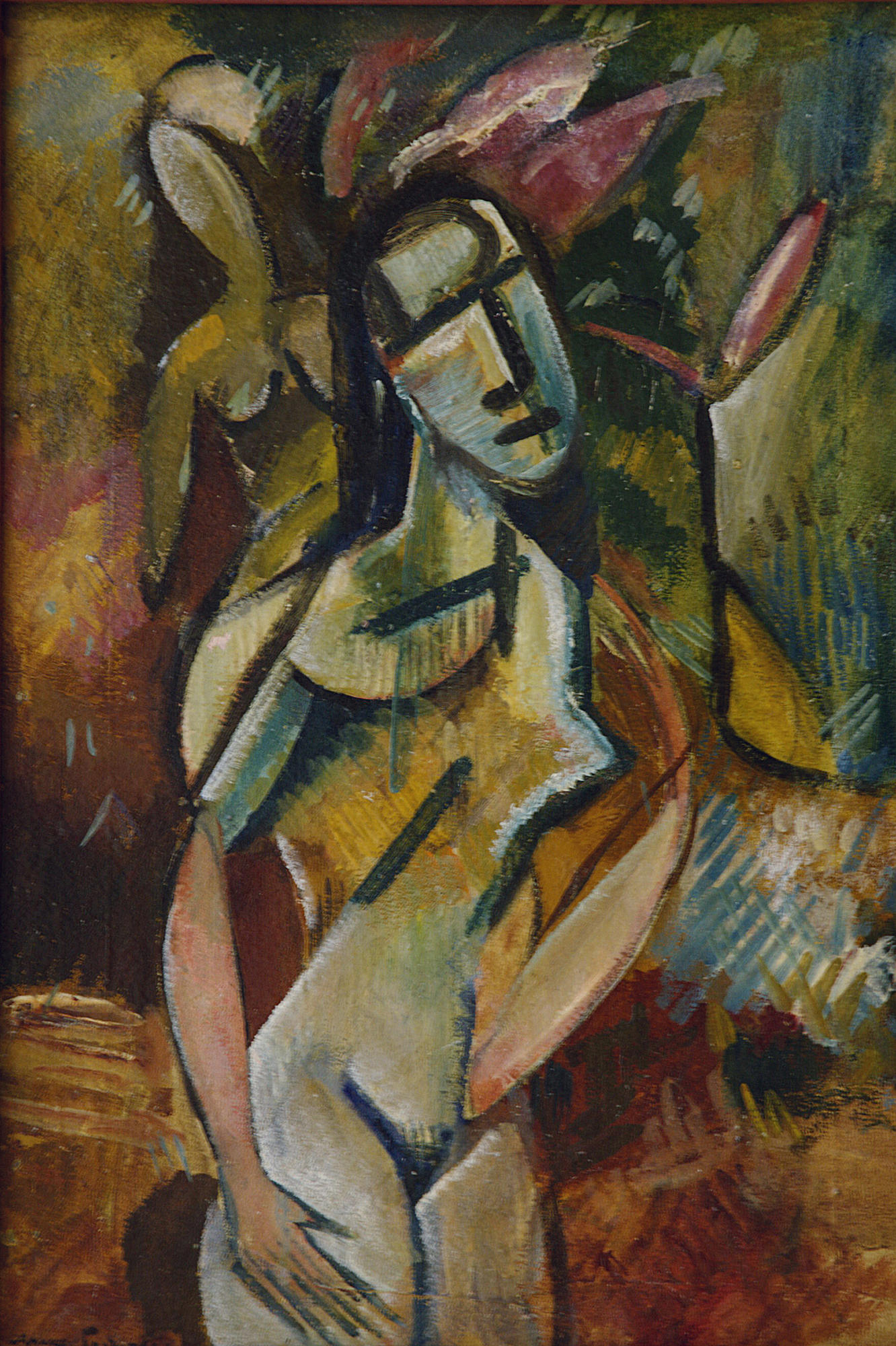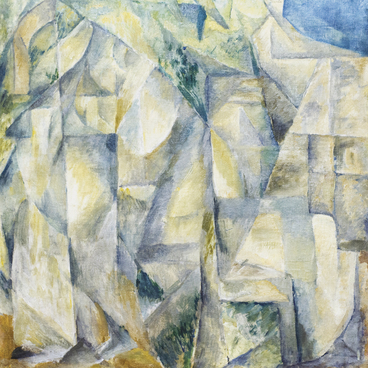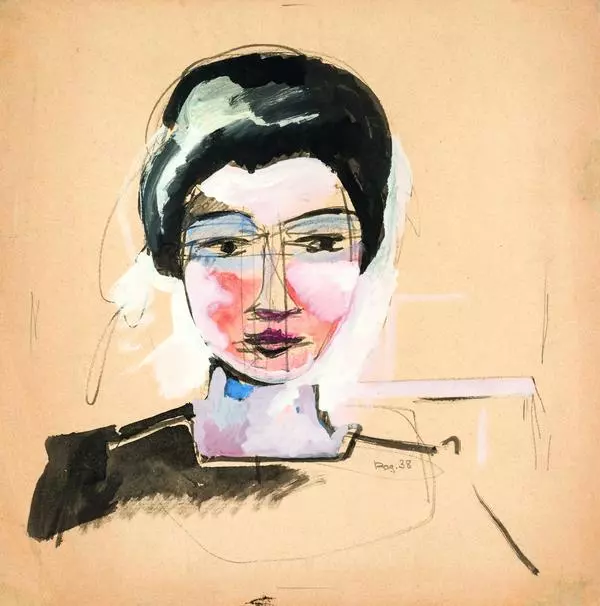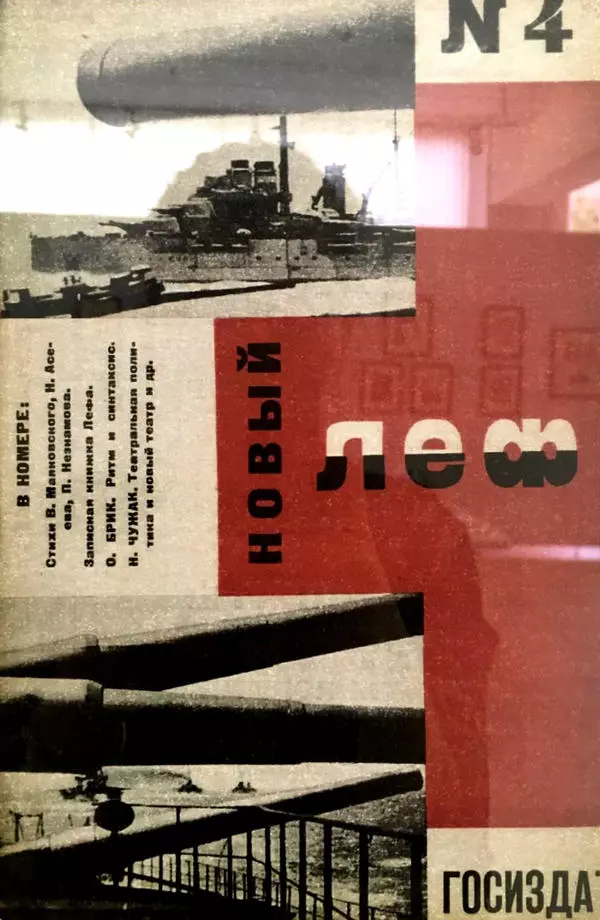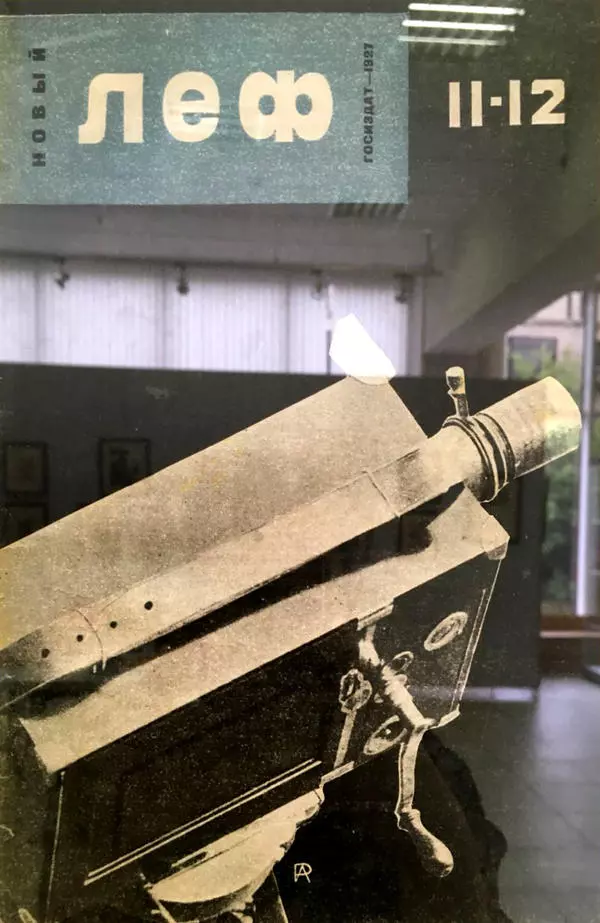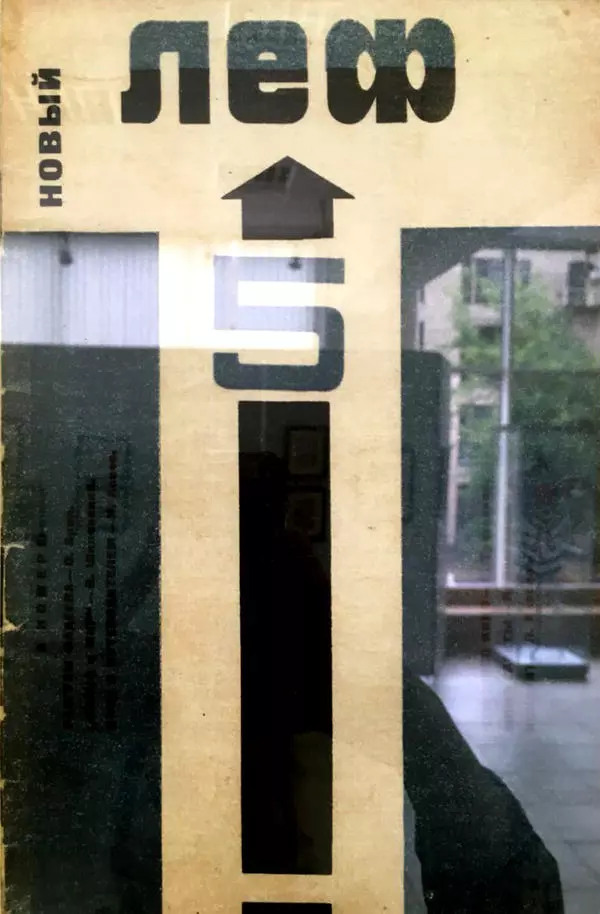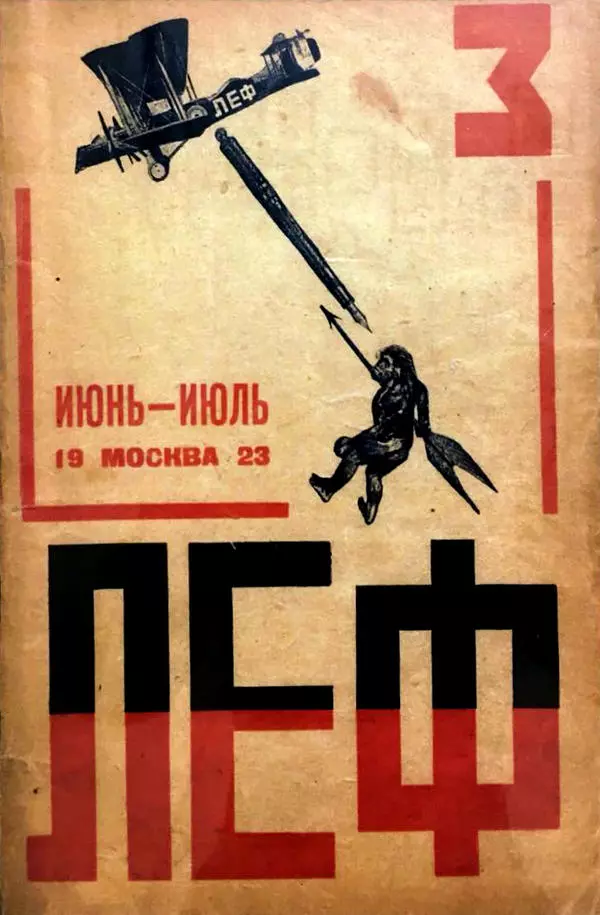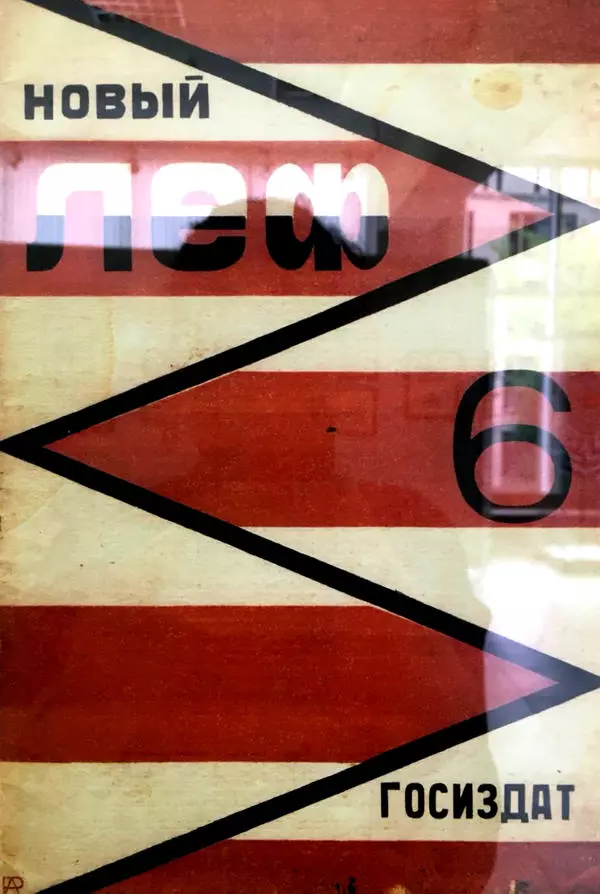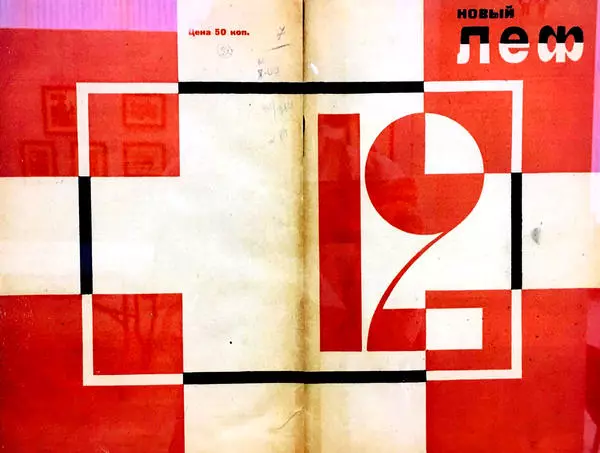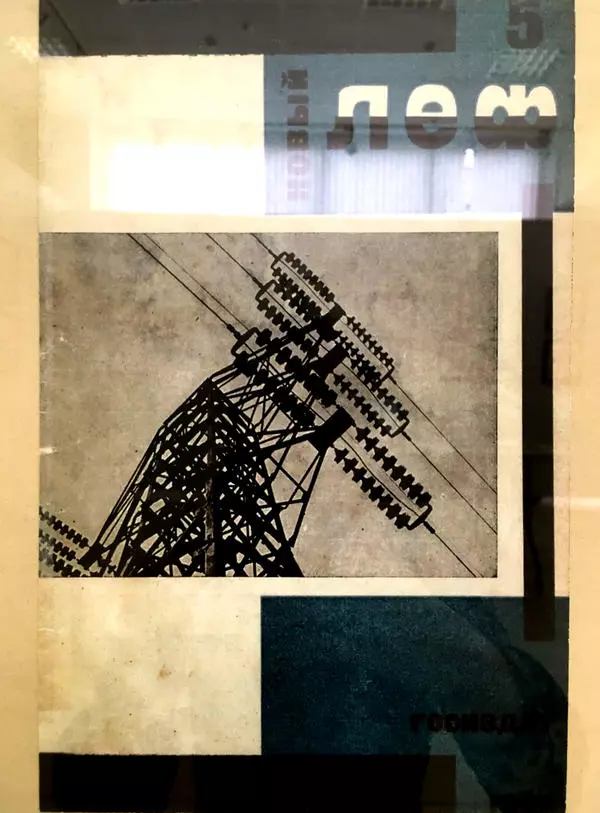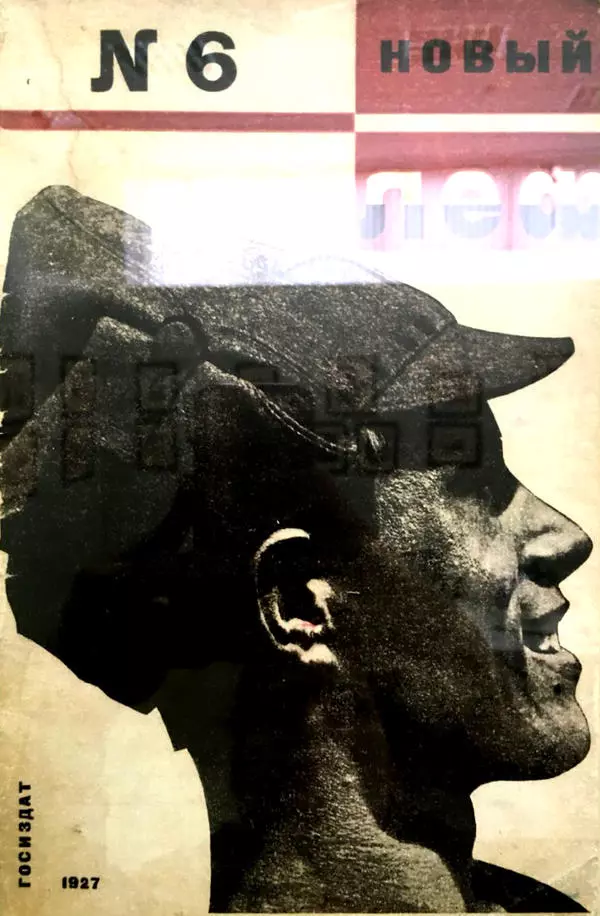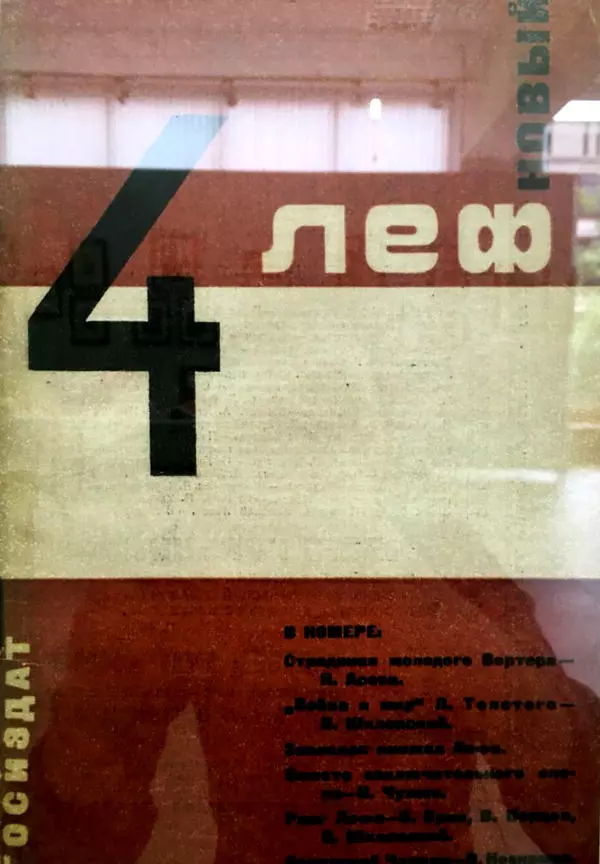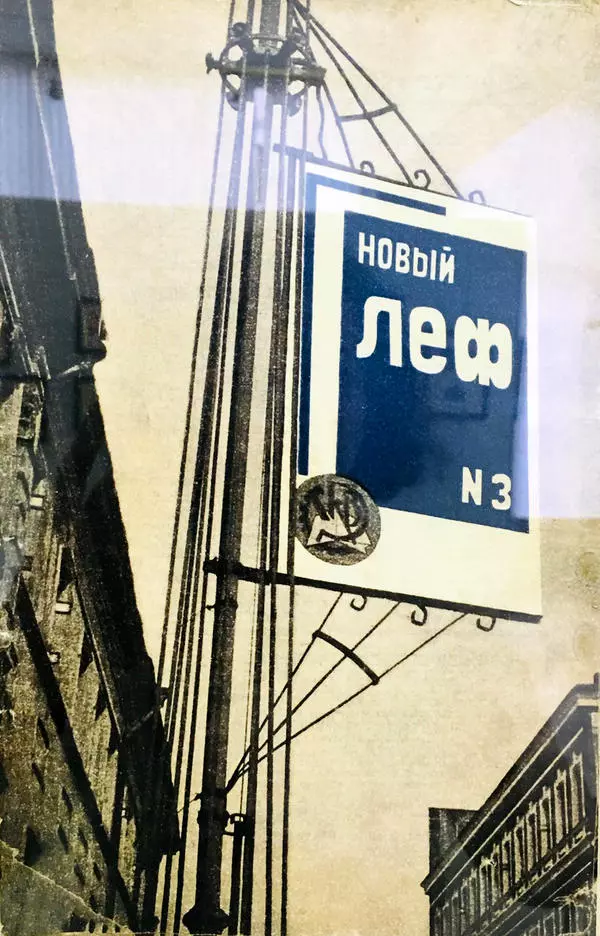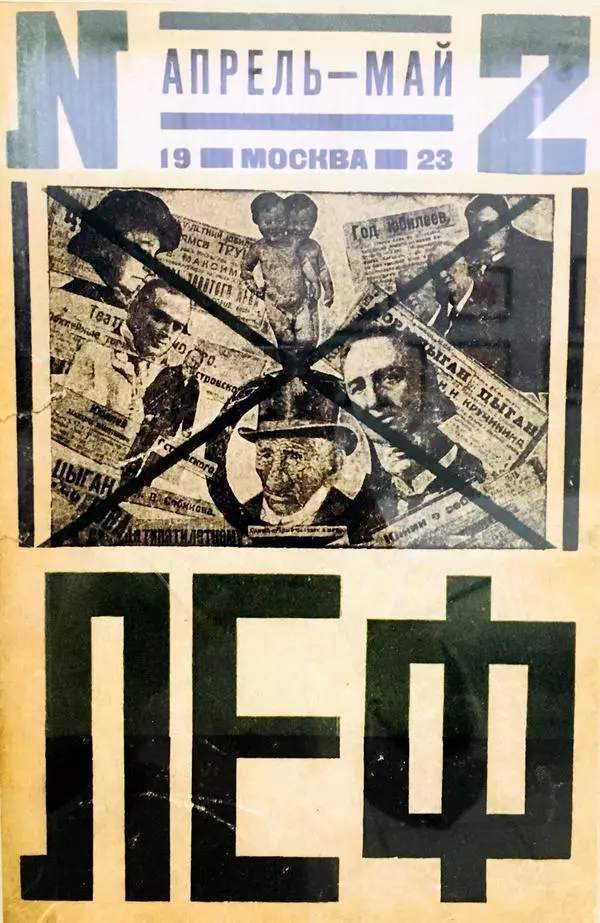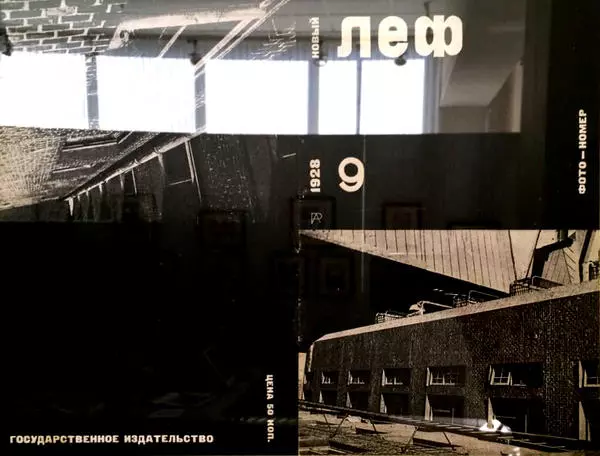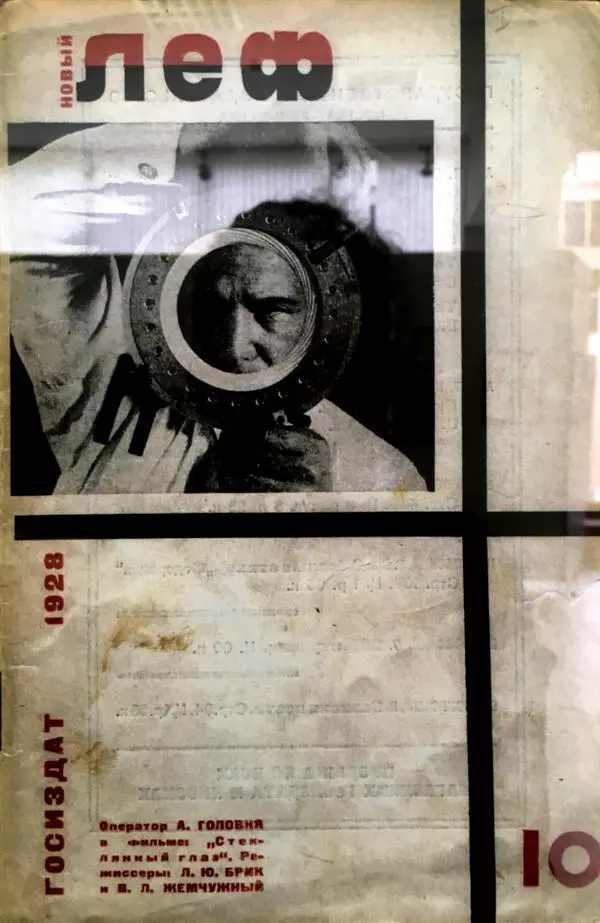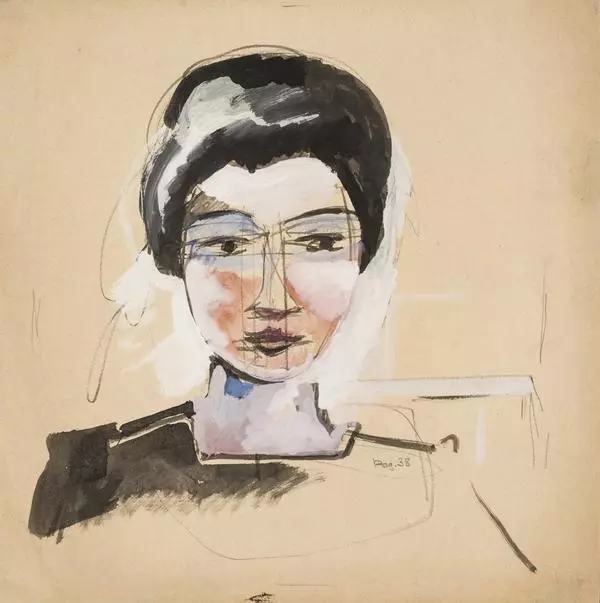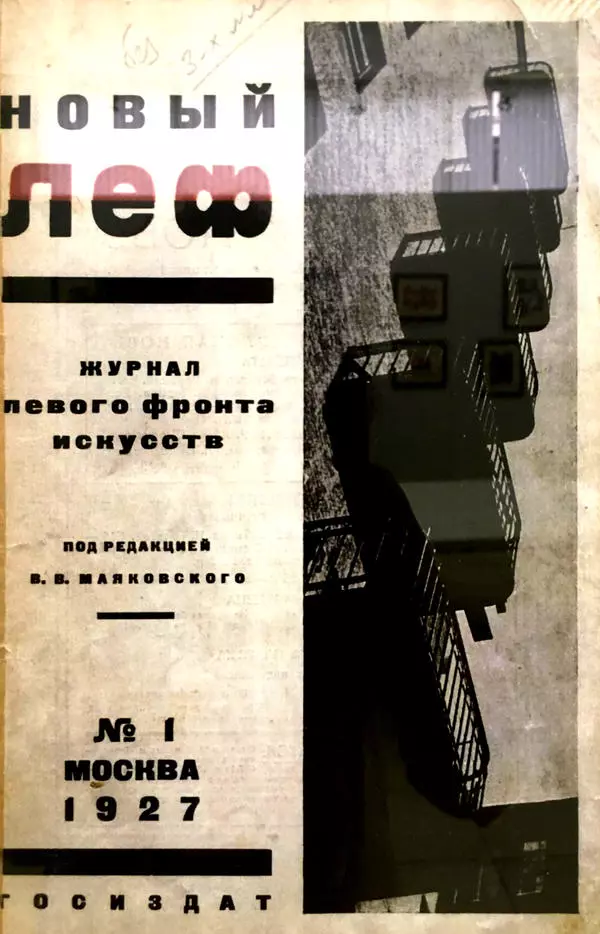At the beginning of the 20th century, the family of Alexander Rodchenko, the future classic of photography, founder of design and advertising in the USSR, moved from St. Petersburg to Kazan.The Kazan period was momentous in Rodchenko’s life.
It was in Kazan that he made a final decision to become an artist. It happened when he saw the picture Viy by Georgy Belaschenko in the Science and Industry Museum. Rodchenko remembered about this picture in such words: ” It had determined my life. This academic style canvas represented unreal life. So, it is a way of creating your own theater- you can devise anything you like by drawing’.
In 1910, Rodchenko started attending the Kazan Art School as a non-credit student. He was not entitled to comprehensive education after a four-year course of study at a parochial school. Artist Nicholai Fechin who had returned to Kazan by that time became his teacher in a painting class.
Kazan was also a place where two most important events took place- he met there his future wife Varvara Stepanova and Vladimir Mayakovsky. First he heard Mayakovsky at a futuristic poetry soiree, which became a crucial moment for Rodchenko who was greatly interested in Gauguin and in the artists belonging to the World of Art movement; he had a feeling of affiliation with the innovative concept of futurism and set up his new creative principles.
In the collection of the State Museum of Fine Arts of the Republic of Tatarstan, there is one painting by Rodchenko - the Girl with a Flower. He began working on it in 1915 when he got involved with Cubo - Futurism. A nude feminine figure is depicted against the obscure background of dark green and maroon; on the right, a dark stem of a flower can be discerned. These recognizable elements of reality are combined with abstract geometric forms. All the space breaks up into separate fragments.
Rodchenko had determined his way in art by the time he started working on the Girl with a Flower. This is what he wrote in his letter from Kazan to Varvara Stepanova who was in Moscow then: ‘Yes, I have found what to paint and I think it will be innovative and challenging. I will free painting (even futuristic) from everything it was enslaved to…I prefer to see ordinary objects in an unordinary way…My way is uniquely original. I will make objects animated and I will make them live like souls. I will find objects in humans… People will be made to die for objects while objects will be alive; human souls will be put into objects and objects will become souls…’
It was in Kazan that he made a final decision to become an artist. It happened when he saw the picture Viy by Georgy Belaschenko in the Science and Industry Museum. Rodchenko remembered about this picture in such words: ” It had determined my life. This academic style canvas represented unreal life. So, it is a way of creating your own theater- you can devise anything you like by drawing’.
In 1910, Rodchenko started attending the Kazan Art School as a non-credit student. He was not entitled to comprehensive education after a four-year course of study at a parochial school. Artist Nicholai Fechin who had returned to Kazan by that time became his teacher in a painting class.
Kazan was also a place where two most important events took place- he met there his future wife Varvara Stepanova and Vladimir Mayakovsky. First he heard Mayakovsky at a futuristic poetry soiree, which became a crucial moment for Rodchenko who was greatly interested in Gauguin and in the artists belonging to the World of Art movement; he had a feeling of affiliation with the innovative concept of futurism and set up his new creative principles.
In the collection of the State Museum of Fine Arts of the Republic of Tatarstan, there is one painting by Rodchenko - the Girl with a Flower. He began working on it in 1915 when he got involved with Cubo - Futurism. A nude feminine figure is depicted against the obscure background of dark green and maroon; on the right, a dark stem of a flower can be discerned. These recognizable elements of reality are combined with abstract geometric forms. All the space breaks up into separate fragments.
Rodchenko had determined his way in art by the time he started working on the Girl with a Flower. This is what he wrote in his letter from Kazan to Varvara Stepanova who was in Moscow then: ‘Yes, I have found what to paint and I think it will be innovative and challenging. I will free painting (even futuristic) from everything it was enslaved to…I prefer to see ordinary objects in an unordinary way…My way is uniquely original. I will make objects animated and I will make them live like souls. I will find objects in humans… People will be made to die for objects while objects will be alive; human souls will be put into objects and objects will become souls…’
